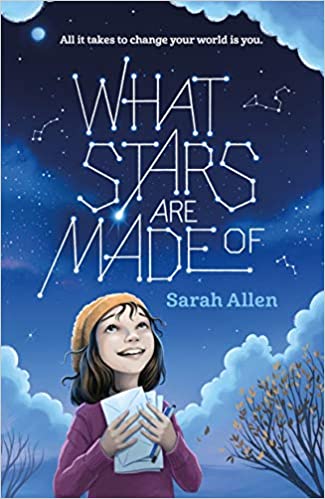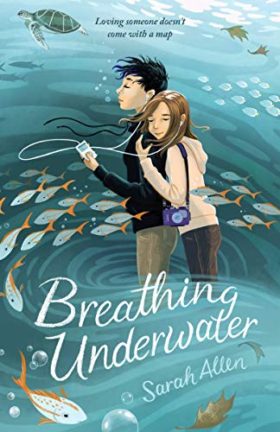When approaching a new market, the more familiar you are with the particularities of that market, the greater your chances of success. Writing for middle grade readers is no exception – this market has its own nuances and best practices just like any other. If, like so many of us, you are interested in writing for this special age group, there are a few things you should know.
Voice is queen

What are middle grade editors and agents looking for above all? Voice. That ineffable je ne sais quoi that sets your work apart, your own particular and individual nuance and timbre that nobody else can imitate even if they tried. Big ideas and high concepts are as splashy in middle grade as they are in any other market, but even in a quiet story, if your voice sings, editors and agents will take notice.
Less is more
Middle Grade novels were already on the short side (check out this old but still remarkably relevant word count gauge) and the trend is getting even shorter. (You can check out the AR Bookfinder to find the word count of your recent favorites.) Many in this age group tend to be more willing to pick up a slimmer, less intimidating tome, and editors and agents know this.
What does this mean for middle grade writers? Stick carefully within the generally accepted word count limits, and tending toward the short end might be a notch in your favor.
Teachers and librarians are key
Move up just one age bracket, into the teenage Young Adult market, and very often readers are deciding and purchasing their own books. Not so for our Middle Grade readers. The buyers and decision-makers in the middle grade market are most often teachers and school librarians.
So as you sit at your desk working on the novel of your heart, ask yourself this question: How might your story enhance a lesson plan? For example, maybe your main character volunteers at an aquarium or has the power to control the weather. Might that be incorporated into a sixth grade STEM class? Maybe your story is about hilarious school situations that never fail to get a laugh, and would make for an excellent read-aloud. Now, this is not at all suggesting that you chase perceived market trends or try and shoehorn your amazing story into some curriculum shape. Not at all. This is simply a possible tool you might have in your arsenal as you approach this unique market.
Poems, short stories, and essays, oh my!

Don’t forget that there are markets for middle grade readers outside of traditional book publishing as well. If you’re a poet or essayist with an eye toward the middle grade market, there are some fantastic opportunities available for you. Two of the top markets are the classic Highlights magazine and the amazing stable of magazines put out by Cricket media. There are also some lesser known but also fantastic markets in this area such as Jack and Jill magazine and Crow Toes Quarterly.
The particular writing voice and style that applies to books for middle grade readers apply here too, and the best thing you can do is pick up a copy of the publication you’re interested in submitting to and give it a good close read.
The difference between MG and YA
There is quite a firm market line between books for middle grade readers and books for young adults. This applies in areas from word count to content to age of protagonist. For example, main characters in YA books tend to be 15-19 while main characters in MG books are usually 9-13. (Those poor 14-year-olds!) Of course there are always exceptions, but it might be smart not to risk mixing up those lines and getting yourself auto-rejected. In this case as in so many others, knowledge is power.
With these things in mind, you will be more prepared to tackle that middle grade market. It’s a fun, rich world, waiting for your unique story!
Bio: Sarah Allen is the author What Stars Are Made Of as well as the upcoming Breathing Underwater, both from FSG/Macmillan. She has published poems and short stories in Cicada, Presence, The Evansville Review, and more. She has an MFA in fiction with a middle grade creative thesis from Brigham Young University and is currently at work on an MFA in poetry at the University of South Florida. Find her online at https://www.sarahallenbooks.com/.
Thank you for this article – great pointers to focus on when writing for middle grade readers! My series lengths run between 20,000 to 25,000 words for each book. Although each book is a stand-alone adventure based on a main theme, I have found that my main characters tend to have a running story in the series, as we watch the characters grow and learn from their adventures. I also appreciate the tip about short stories and middle grade magazines – great idea!
Thank you! Great information and solid action points.
I appreciate your desire to help other authors provide books for young readers they can devour and hits their hunger spot. My middle grade, Helium series grows in length from book to book, starting at 32 k – 40 k. Humor is key, I find, to reach the heart of 8–12-year old’s.